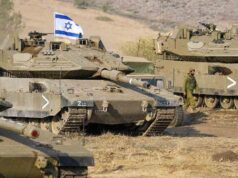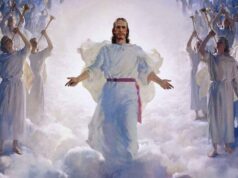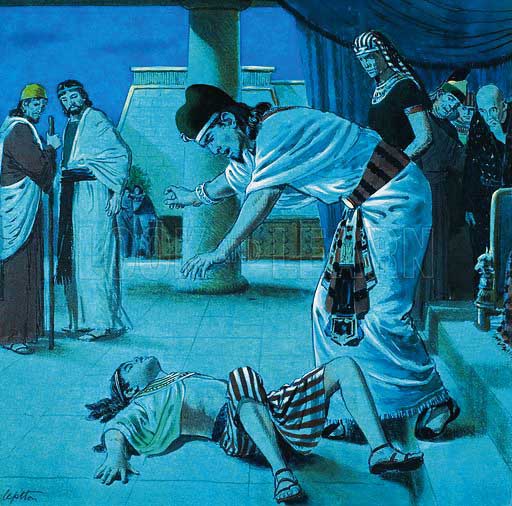
By Pr Isaiah White
Unlike many years where Easter is celebrated in April, this year’s Easter will happen in March.
Easter is a Christianised festival, celebrated in commemoration of the death and resurrection of our Lord and Saviour, Jesus Christ.
The Spirit of the living God has inspired us to look at Easter beyond its pagan roots and observe it through the eyes of a Biblical theme known as the Passover.
In this edition, we are addressing the question of the resurrection of Jesus Christ as a Christian’s Passover.
We shall also explore the significance of the event of resurrection as believers’ Passover.
Old Testament background
The concept of the Passover is traced back when God rescued the Israelites from Egyptian slavery.
After the nine plagues failed to influence the pharaonic system to letting the Israelites go (Exodus 7:14–10:29), one final plague that provoked the king of Egypt to relent and free the Israelites was the death of all of Egypt’s firstborn sons (Exodus 11:1–10).
The directives to all the people (Israelites and Egyptians) were clear and whoever wanted their firstborn son or animal delivered from the destructive angel had to sacrifice a lamb or goat and smear the blood on the doorpost for the angel to identify which house worshipped the one true God.
The Israelites and all other believers in Egypt were told what to do and how to do it:
They had to sacrifice a lamb and smear some of the blood on the doorpost as the signal to the loaming death, lock themselves inside, prepare a meal and that meal was to be eaten in haste, no leavened bread because leaven represented sin and pharaoh’s pomp.
They had to eat the bread together with bitter herbs representing the bitterness of the slavery they wished to be rescued from.
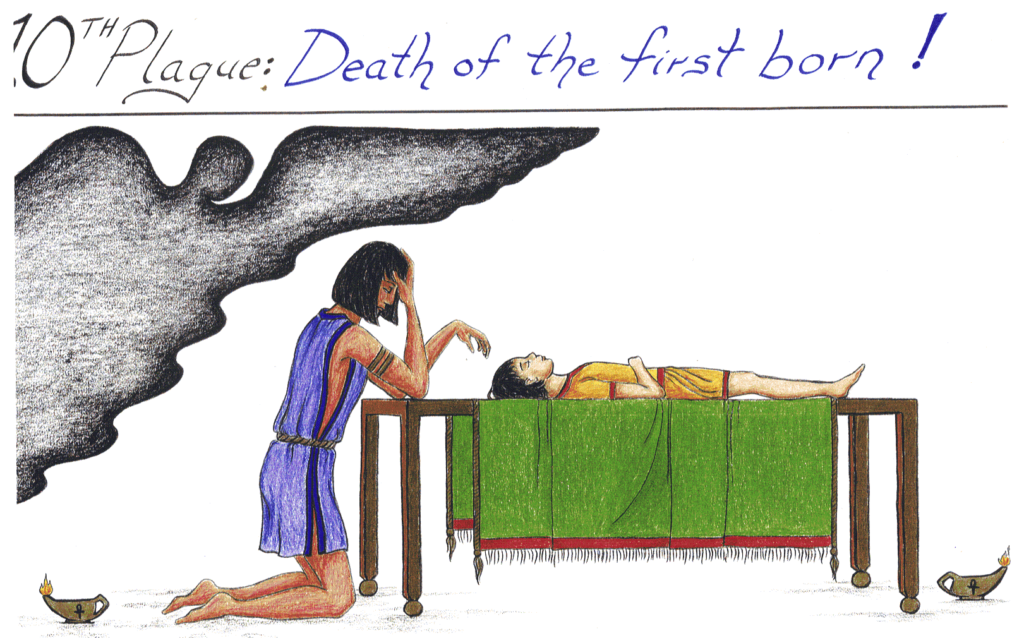
“You shall eat no leavened bread with it; seven days you shall eat unleavened bread with it, that is the bread of affliction (for you came out of the land of Egypt in haste), that you may remember the day in which you came out of the land of Egypt all the days of your life” (Deuteronomy 16:3).
Though the people did not consume the blood, they spread it on their doorposts so that the angel of death would “pass over” their households.
This is how the theme of the Passover was born (Exodus 12:7–13).
Elements of Passover
There were three requirements to hold the Passover and for it to qualify as one:
(1) The Passover lamb (Exodus 12:3-8, 21-23). The Passover animal was to be a male yearling, either a goat or a sheep.
There was to be one sacrificial animal per household unless the family was too small to consume one. Under such circumstances, two families could share one.
There was to be provision of enough meat for each person to be adequately supplied. The blood of the animal was to be put on their sides and tops of the door frames.
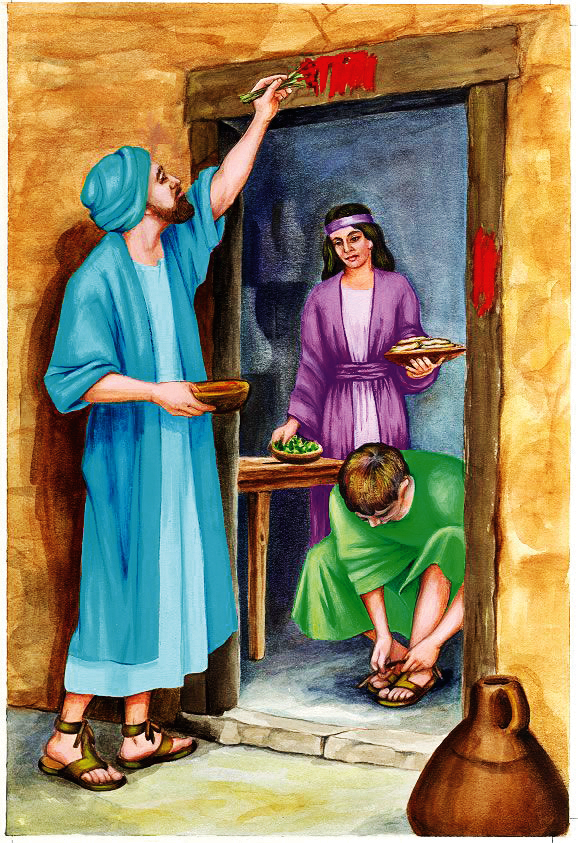
This blood was to serve as a sign, which would protect the Israelites from the death angel.
(2) The Passover meal. This was largely provided by the sacrifice. The sacrificed animal was to be roasted whole over the fire, not boiled or eaten raw.
Each household was to eat the meal inside the house on whose door the animal’s blood had been placed.
The meat was eaten along with bitter herbs and unleavened bread (Exodus12:8). Surplus food was not to be kept overnight but to be burned:
“You shall let none of it remain until morning, and what remains of it until morning you shall burn with fire” (Exodus 12:10).
There would be no “leftovers” for dinner because they would be long gone before another meal could be eaten.
This is why the meal was to be eaten with an atmosphere of readiness and anticipation.
They were to eat the meal in the same way we would eat in an airport restaurant, knowing that the departure of our flight was about to be announced.
In our day, we would have our coats on and our briefcase in hand.
On that day, they were to have their cloak tucked in (so they could hurry without tripping over it), their sandals on their feet, and their staff in hand (Exodus 12:11).
(3) The participants; the Israelites, ate the Passover meal in manner of celebration just as Moses had instructed them (Exodus 12:28, 50).
The meal was a family matter and each family was responsible for its own sacrificial animal, act of placing the blood on the door frame, and celebration of the meal.
There is no specific mention of any Egyptians celebrating the first Passover, although this is possible, even likely.
This possibility is enhanced by the report that some Egyptians had taken heed of previous warnings (Exodus 9:18-21).
Besides, in the instructions God gave concerning future observance of Passover, foreigners who placed themselves under the Abrahamic Covenant (as signified by circumcision), were allowed to participate, with no distinctions made between them and (other) Israelites (Exodus 12:43-49).
Those who did not refrain from eating leavened bread were to be banned from the congregation of Israel, whether they were native Israelites:
“… since whoever eats what is leavened, that same person shall be cut off from the congregation of Israel, whether he is a stranger or native of the land” (Exodus 12:19).
The Plague of firstborn
Due to the hardness of the Pharaoh, Egypt was plagued ten times. There were plagues of:
– Blood
– Frogs
– Lice or gnats
– Flies
– Livestock
– Boils
– Hail
– Locust
– Darkness
– Death of firstborn

All nine times, the Egyptian citizens suffered due to the Pharaoh’s hard-heartedness.
The tenth plague, which includes the Passover, broke down the entire nation and subdued the heart of the King, and he chose to let go of the people of God.
It is the final blow of the ten plagues that compelled Pharaoh to release the Israelites (There was yet to be the drowning of the Egyptian army that pursued freed slaves).
The tenth plague was about the killing of every firstborn in Egypt, not only of men but of the animals as well.
The Bible informs us that this slaughter was directed at the Egyptians alone without regard to social or economic status.
While every Egyptian home suffered the loss, the Israelites were spared.
According to the Israelites, the slaughter of the Egyptian firstborns served as the means God used to release His people from slavery.
The angel of the Lord smote the firstborns. In other words, while we can refer to the deaths occasioned by the other plagues as “acts of God” (meaning that some natural disaster occurred), this tenth plague is literally an “act of God” because He slew the firstborns of Egypt (Exodus 11:4-8, 12:29).
Jesus, our Passover
The Old Testament is filled with types and symbols whose fulfilment is found in the New Testament. The death of the firstborns in Egypt was symbolic of the death of Jesus, the Firstborn.
The book of Colossians says: “He is the image of the invisible God, the firstborn over all creation. For by Him, all things were created that are in Heaven and on Earth, visible and invisible, whether thrones or dominions or principalities or powers.
All things were created through Him and for Him. And He is before all things, and Him all things consist of.
“For it pleased the Father that in Him all the fullness should dwell, and by Him to reconcile all things to Himself, whether things on Earth or things in Heaven, having made peace through the blood of His cross” (Colossians 1:15-20).
Jesus Christ is the Lamb of the Passover that takes away the sins of believers (John 1:29).
He is the ultimate sacrifice offered for those who are to survive the destroying angel known as death (Hebrews 10:10, 14).
This Easter, families and individuals will be eating all sorts of leavened meals as they celebrate. But Jesus is the actual meal of this Easter Passover and the bread of life (John 6:35).
Ultimately, Jesus is the firstborn of all believers and participants in this Easter Passover, for in Him and through Him all things were created, all things consist of only in Him.
He is the firstborn from the dead because He alone resurrected from eternal death, in Him all the fullness of God dwell, He has reconciled all things to Himself and made peace through the blood at His cross.
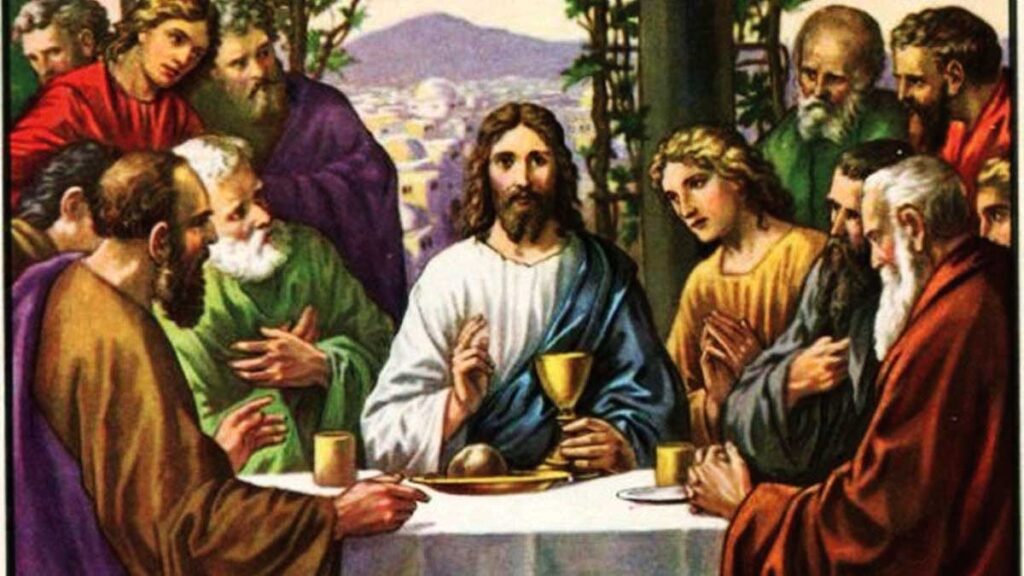
Death at every gate
At midnight, the firstborns of the Egyptians were slain; from the king of Egypt to the cattle. The weeping and wailing that night was not like any other ever heard in the land before.
At the same time, none of Israel’s firstborn, whether man or beast, was smitten. God’s promises, for pleasure or pain, of prosperity or peril, are certain.
There is no need to elaborate further. We live in a world where death is inevitable.
The destroying angel known as death is everywhere, and this Easter we celebrate victory over the enemy known as death and that victory has manifested through the resurrection of Jesus Christ.
The belief in the slain firstborn and resurrected Jesus Christ is the Christian’s Passover.
It is a time to tell the world that death has passed over our gates all because Jesus Christ the slain firstborn has conquered this enemy through resurrection.
















